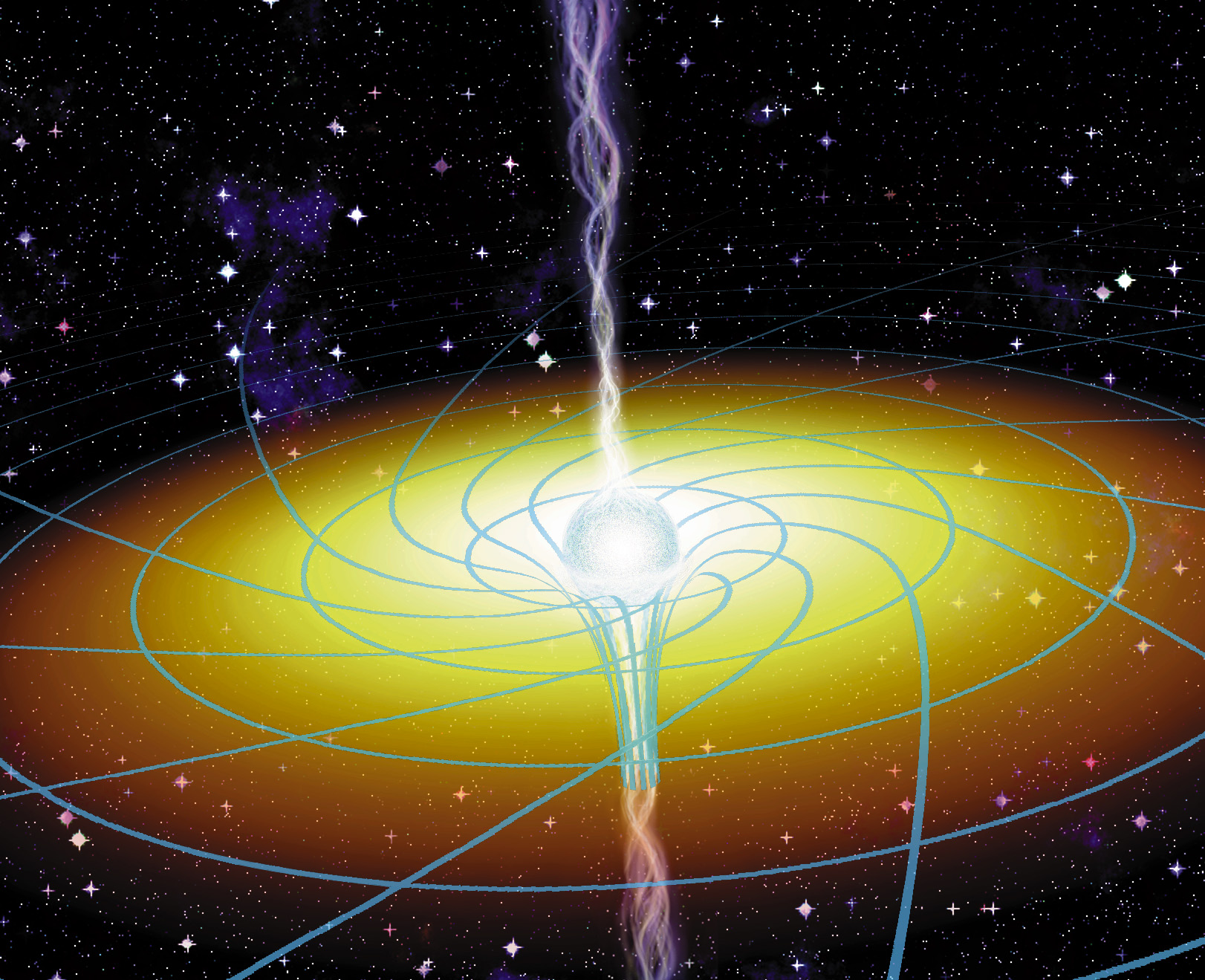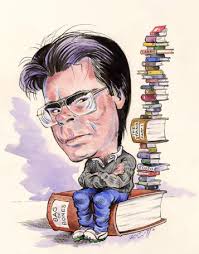So suggests IU theoretical physicist's wormhole research
Indiana University News Room - 2010 April 06
Radial motion into an Einstein–Rosen bridgeCould our universe be located within the interior of a wormhole which itself is part of a black hole that lies within a much larger universe?
Such a scenario in which the universe is born from inside a wormhole (also called an Einstein-Rosen Bridge) is suggested in a paper from Indiana University theoretical physicist Nikodem Poplawski in Physics Letters B. ...
Poplawski takes advantage of the Euclidean-based coordinate system called isotropic coordinates to describe the gravitational field of a black hole and to model the radial geodesic motion of a massive particle into a black hole. ...
... "Because Einstein's general theory of relativity does not choose a time orientation, if a black hole can form from the gravitational collapse of matter through an event horizon in the future then the reverse process is also possible. Such a process would describe an exploding white hole: matter emerging from an event horizon in the past, like the expanding universe."
A white hole is connected to a black hole by an Einstein-Rosen bridge (wormhole) and is hypothetically the time reversal of a black hole. Poplawski's paper suggests that all astrophysical black holes, not just Schwarzschild and Einstein-Rosen black holes, may have Einstein-Rosen bridges, each with a new universe inside that formed simultaneously with the black hole.
"From that it follows that our universe could have itself formed from inside a black hole existing inside another universe," ...
This model in isotropic coordinates of the universe as a black hole could explain the origin of cosmic inflation
- Physics Letters B. Volume 687, Issues 2-3, 12 April 2010, Pages 110-113, doi: 10.1016/j.physletb.2010.03.029
We consider the radial geodesic motion of a massive particle into a black hole in isotropic coordinates, which represents the exterior region of an Einstein–Rosen bridge (wormhole). The particle enters the interior region, which is regular and physically equivalent to the asymptotically flat exterior of a white hole, and the particle's proper time extends to infinity. Since the radial motion into a wormhole after passing the event horizon is physically different from the motion into a Schwarzschild black hole, Einstein–Rosen and Schwarzschild black holes are different, physical realizations of general relativity. Yet for distant observers, both solutions are indistinguishable. We show that timelike geodesics in the field of a wormhole are complete because the expansion scalar in the Raychaudhuri equation has a discontinuity at the horizon, and because the Einstein–Rosen bridge is represented by the Kruskal diagram with Rindler's elliptic identification of the two antipodal future event horizons. These results suggest that observed astrophysical black holes may be Einstein–Rosen bridges, each with a new universe inside that formed simultaneously with the black hole. Accordingly, our own Universe may be the interior of a black hole existing inside another universe.





